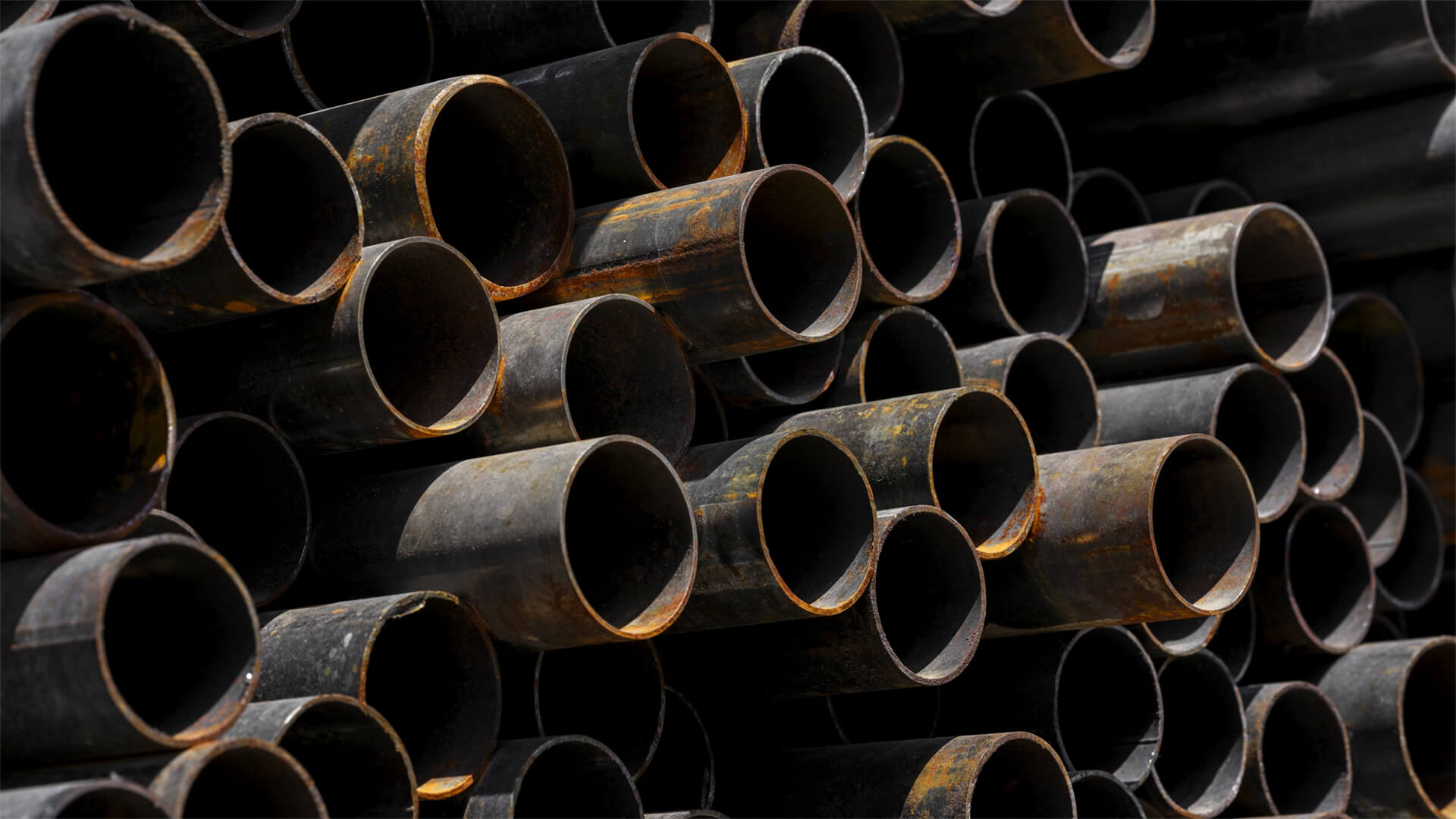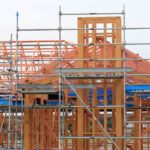The Trump administration has given us a masterclass on how to set supply chains ablaze using tariffs. While some supply chains are smoldering, others are raging wildfires. So, let’s look at two that are in the thick of it: steel and aluminum.
Given the industrial growth and manufacturing buildout that the US has set its sights on, these two materials are essential; however, the US does not currently have the domestic capacity to produce the amount of steel and aluminum needed for what is coming.
That means the US will still have to import a good chunk of these materials…but it will cost 25% more than it would have previously. This throws yet another wrench into the US industrial buildout, especially for industries like construction and housing.
Transcript
Hey all, Peter Zeihan here coming to you from Denver International. Today, we’re going to do the most recent in our host of chaos series about how the domestic and international policies of the Trump administration are affecting the American economy. And today, we’re going to dive into those two base materials on which everything runs. And that’s steel and aluminum.
There are similarities within the markets, but I think it’s best to just kind of break down what you do with these things and how you get those things, and then we’ll go into the broader impact. So let’s start with steel. Roughly 75% of the steel that the United States uses is actually recycled. Steel is one of those wonderful materials that you can recycle at once, or a thousand times, and it’ll still work.
But that doesn’t mean that all steel is equal. Recycled steel tends to be kind of ugly. And so you use it in places where you need strength, car frames, I-beams for construction, that internal skeleton you see in high rises, ships, that sort of thing. But if you’re going to do something where it needs to be pretty or where it needs to regulate electricity, you need something different.
Basically, there’s two kinds of steel you’ve got hot rolled, which is the ugly stuff that is usually recycled, and you’ve got coal, which is virgin steel made from iron ore and coke. And cold rolled steel can be used in more advanced applications, specifically in manufacturing and in the world that we’re in now, where most manufactured steel products aren’t about strength, they’re about regulating electricity.
You have to have something called grain oriented or non grain oriented steel. Different types of those things regulate electricity flows at different speeds and different insulation levels, and that really needs to come from virgin steel. The complication is something called a roller—when you pull the steel out of the molten mix and you’re really hot bars?
You then push that through a roller because the way the steel cools determines the crystalline structure, which determines how well electricity does or does not conduct through it. Now you can take recycled steel and put it through a roller, but rollers are big and expensive, and you only usually put that on a very large foundry. And only the very large foundries are making virgin steel, recycled steel, hot rolled steel typically is made locally because you basically you take down a building in your state and then you’ve got a local facility that can turn it into hot rolled steel.
If you wanted to get it to a roller, you’d have to get a completely different facility that operates on a different scale. Well, the United States needs to roughly double the size of its industrial plant. That means a lot of industrial construction. That means a lot of that ugly, high rolled steel. And while the United States is the world’s greatest steel recycler, there just isn’t enough to double the size of the industrial plant on anything less than a two century time scale, which means we just need more and more, more and more.
And if you’re to get more and more, more and more and more, you’re probably going to be important. And if you want to go into manufacturing, you need a lot more cold rolled steel. And if we’re going to triple the amount of steel products that we put in the manufacturing, we need more and more, more and more and more.
If you want to do this with foundries, you’re talking about a ten year buildup. If you want to do with imported steel, you could do it now. And what the Trump administration has done is put a 25% tariff on anything that is imported, which has brought construction and manufacturing costs up while decreasing the flow through of the input that we need to make any of this work at the base level.
So everything is now moving more slowly, at a higher expense at a time. We just need more. The second metal, of course, is aluminum. There is somewhat similar policy, about 45% of what we use. We produce ourselves. And almost all of that is recycled. But just as with steel, if you want to manufacture something that is pretty, that has the combination of corrosion resistance and light weight and strength and flexibility, then it’s probably going to have to be from virgin materials.
And the United States just doesn’t have the raw material here. The raw materials, bauxite, you basically mined that you dissolve in sodium hydroxide. You get a white powder called alumina, and then you electrocute the crap out of it to turn it into aluminum metal. And just as with steel, you can use recycled steel for construction things like window frames, for example.
But if you’re going to do high end work like, say, I don’t know, airplanes, you’re going to want the Virgin stuff in the US just doesn’t smelt much of the Virgin stuff itself. And again, just as with steel, we need to use 2 or 3 times as much as we have yet to get the smelters on line. And so this is an ongoing problem with all of the Trump administration’s policies.
The CART has been put several steps before the horse. We’ve raised the cost of imported steel and aluminum, but we have not. First built out the capacity of the US economy to smelt or foundry more of the stuff itself, so we get lower supplies at a higher cost when we need huge increases in the volumes that we use to in order to build out the industry, as the Trump administration says it wants to.
And so everything’s just slowed down and got more expensive. But there’s no sector where this is more true, where it’s more of a problem than construction and especially residential real estate. And that’s what we’ll turn to tomorrow.








